Does Fertilizer Have a Role in Regenerative Agriculture?
A goal of regenerative agriculture is to rebuild soil biology and reduce need for fertilizer, but — yes — fertilizer still has its place when used judiciously.
One topic of intense discussion in regenerative agriculture is this: “Can synthetic fertilizers be used in a regenerative production system?”
The short answer is, “Yes, it can play a role.”
However, the full answer needs a bit more context.
The answer is “yes,” but only after the consequences of the fertilizer’s use have been considered and it has been determined the fertilizer can help us reach our production goals without hindering us from reaching our regenerative goals.
Specifically, the fertilizer must provide a production benefit that exceeds any temporary negative impact on soil biology. If a fertilizer application will cause a long-term negative impact on the soil’s biology, it should NOT have a role in regenerative agriculture.
The ultimate objective, from a nutrient management standpoint, is that, as the soil’s health improves, fertilizer use is reduced until it ceases to be a regular input.
While fertilizer’s role can be debated, it cannot be denied that plants require adequate nutrition to meet production goals, especially in the first two to three years if the soils are degraded. Strategically added fertility may be necessary to facilitate enough growth for adaptive grazing to be of solid benefit during this transition time. Our ultimate challenge is to supply that plant nutrition by leveraging the soil’s natural biology. During this transition, we want to apply only enough fertility, especially nitrogen, to kick-start plant growth but not impede developing soil biology.
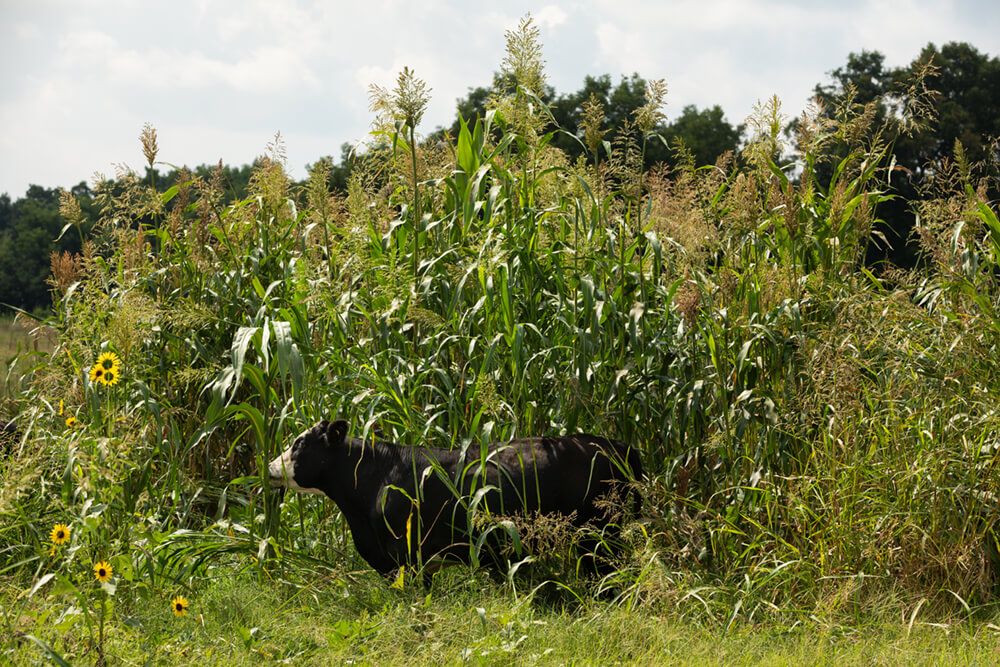
Regenerative vs. Organic or Sustainable Agriculture
There are widely differing beliefs on what it means to be regenerative on our ranches and farms. Some hold that regenerative equates to organic or sustainable, but, while they share some similarities, they are not the same. Organic and sustainable systems concentrate on the type and level of inputs, including fertilizers, used for production.
While a goal of regenerative agriculture is reducing or eliminating synthetic inputs, including fertilizer, it is more focused on using interactions among soils, plants, water and animals to achieve restorative outcomes. This increases resilience of the soil and profitability of the entire operation.
All tools (fertilizers, pesticides, introduced forages, etc.) are still in the regenerative producer’s tool box, but they must be used judiciously and cannot be a regularly used Band-Aid for our management decisions. The tools must be applied within the context of a plan that is rooted in the regenerative principles.
How Can Regenerative Agriculture Replace Synthetic Fertilizers?
One of the most promising aspects of regenerative agriculture is that diverse, active soil biology can replace fertilizers and supply adequate plant nutrition to growing forages in well managed, regenerative pastures and crop fields.
To read more about how soil biology can accomplish this, check out “5 Reasons Why Soil Biology Matters on the Farm.”
Legumes are well known for their ability to fix nitrogen through symbiotic associations with microorganisms in the soil and, when used as a part of an overall system, can replace nitrogen fertilizers. There are also free-living nitrogen-fixing bacteria in the soil that can produce plant-usable nitrogen without association with legumes. Many of our native grasses formed these associations.
While reducing or eliminating fertilizer is a goal of regenerative agriculture, fertilizers are acceptable to use as long as their use is balanced with how it impacts the soil biology and corresponding production goals. The key is knowing how much is just enough and how much is too much.
Consideration must be given to following the soil health principles, specifically minimizing soil disturbances, which include fertilizer applications.
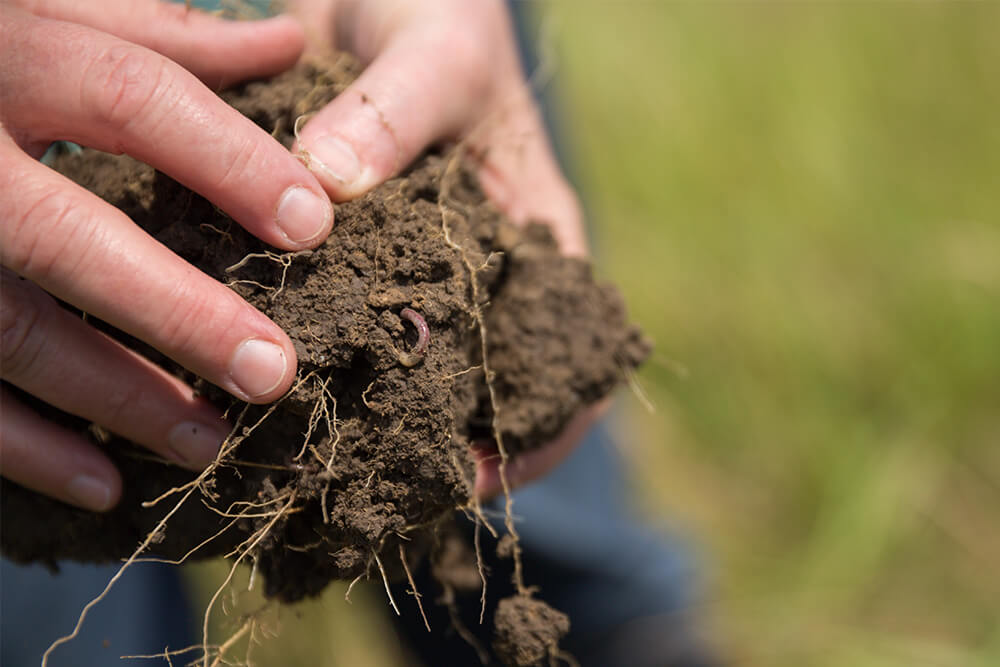
Biological Diversity Is Key to Success
One common thread for successful practitioners of regenerative agriculture is having biological diversity in their production systems. Monoculture pastures, such as bermudagrass or tall fescue, will have soil biology but do not have enough species richness to provide effective nutrient cycling to meet forage needs. A diverse mix of properly managed plants (including warm- and cool-season plants, perennials and annuals, C3 and C4 grasses, legumes and beneficial forbs), animals and insects are necessary to have a diverse mix of soil micro- and macro-organisms that are necessary for an optimally functioning nutrient cycle.
Biological diversity is so important it is included in:
- The Six Principles of Soil Health
- The Five Soil Health Indicators
- The Three Rules of Adaptive Stewardship
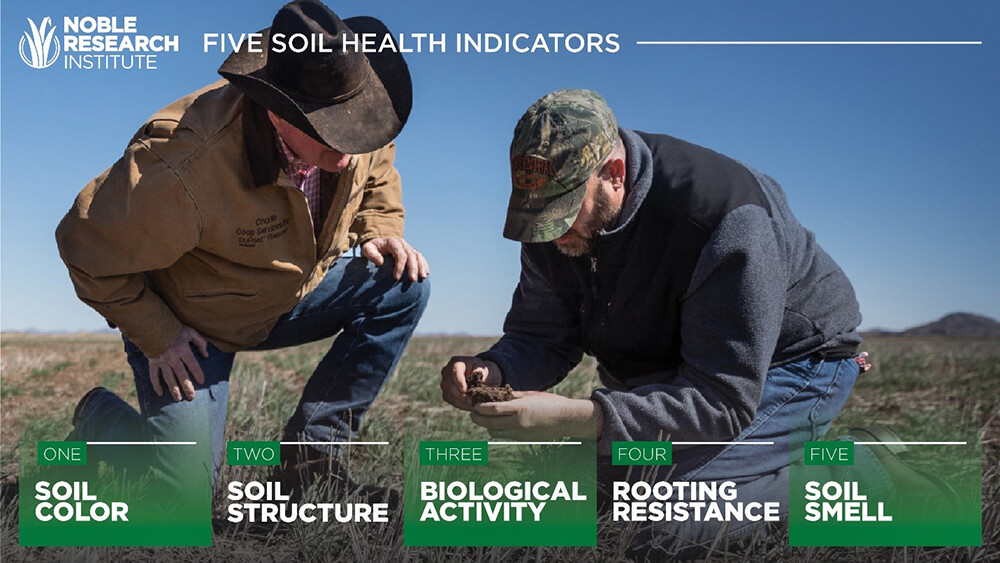
Does Eliminating Fertilizer Hurt Ranch Productivity?
A major barrier that farmers and ranchers face when implementing regenerative practices is working through the initial drop in the land’s productivity that will probably occur when fertilizer is reduced or removed.
Eventually, a healthy, diverse soil biology develops that can provide adequate nutrient cycling. However, most ranchers would find it difficult to accept the potential production and revenue losses during this period, which is where synthetic fertilizers can be used to bridge the production gap until the soil biology takes over. Again, the key is knowing how much fertilizer is just enough and will not slow the development of the soil biology.
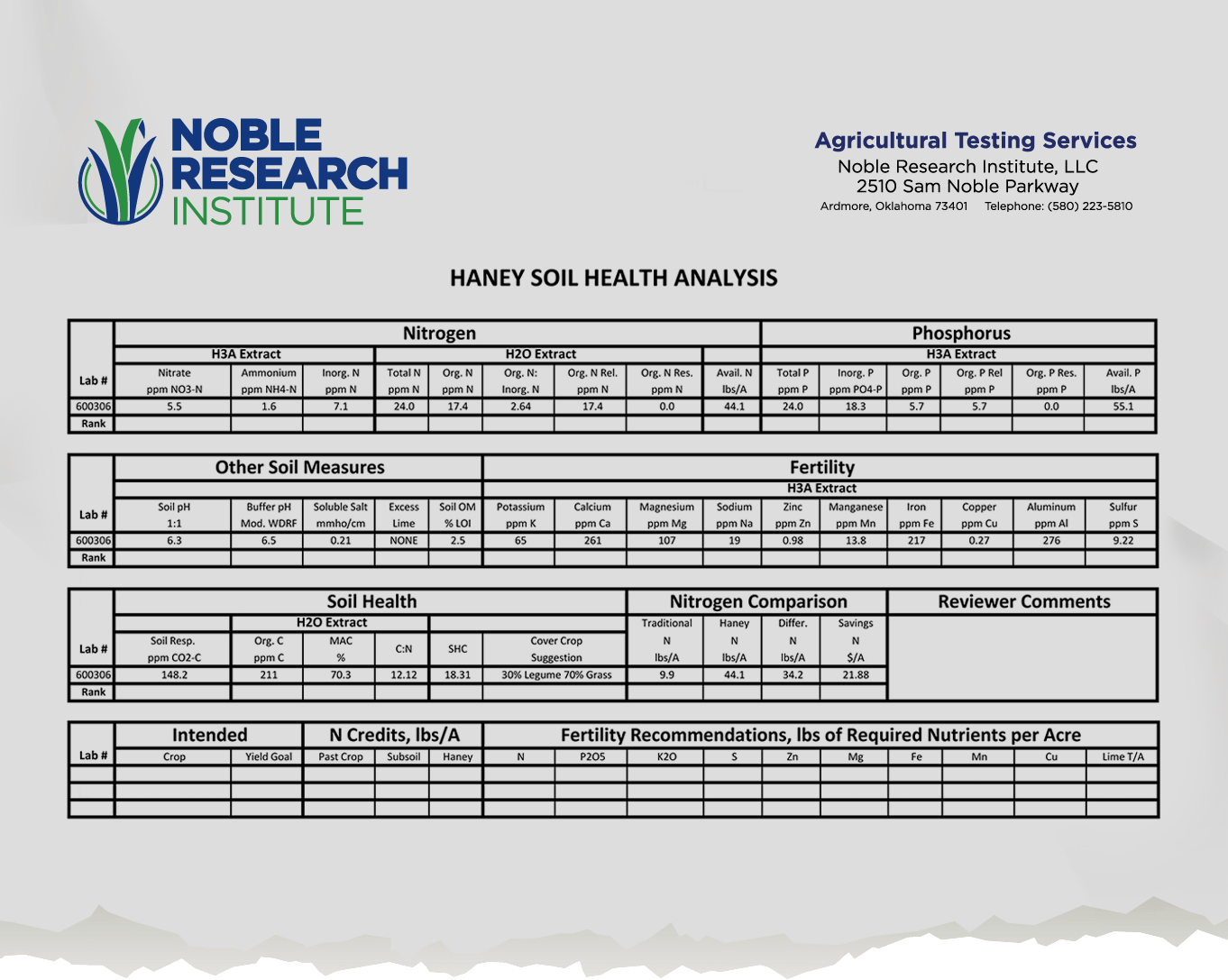
If Fertilizers Are Used
IF fertilizers are going to be used, the long-time rule of testing soils first still applies:
Unless you test, it is just a guess!
Soil testing in regenerative agriculture, however, is a bit different than testing in a conventional agricultural system. When soil testing in regenerative agriculture, we want to use a soil health test that considers the biological activity and estimates total (inorganic and organic) plant-available nutrients in the soil.
There are several soil health tests available, and Purdue University has published information about some of the most popular ones. Some of these soil health tests are relatively new, and while they measure more variables than traditional soil tests, the science around them is still developing. We may use these soil tests in conjunction with traditional soil tests to develop nutrient management plans.
The Haney soil test is probably the most promising of the current soil health tests for regenerative agriculture.
The Haney soil test analyzes several biological aspects of soils, including soil respiration over 24 hours to indicate level of microbial activity; water extractable organic carbon and nitrogen that is available to crops and microbes; and H3A extract, which uses three naturally occurring organic acids that mimic the rhizosphere-altering action of plant roots dissolving soil minerals and liberating soil phosphorus. These provide total available carbon, nitrogen, phosphorus and potassium (and other secondary- and micro-nutrients) plus a microbial activity index and several useful ratios as well.
Producers can use the Haney tests to indicate:
- The amount of fertilizer actually needed to meet yield goals based on total available nutrients (instead of just based on the inorganic nutrient availability as in a conventional soil test), especially when transitioning to regenerative management
- The forage crop mixtures needed to meet diversity and soil health objectives
- The additional management practices that could be applied to meet regenerative goals for the field or pasture.
Suffice it to say, the Haney test can be a valuable tool in helping regenerative-minded producers in their fertility and land management activities.
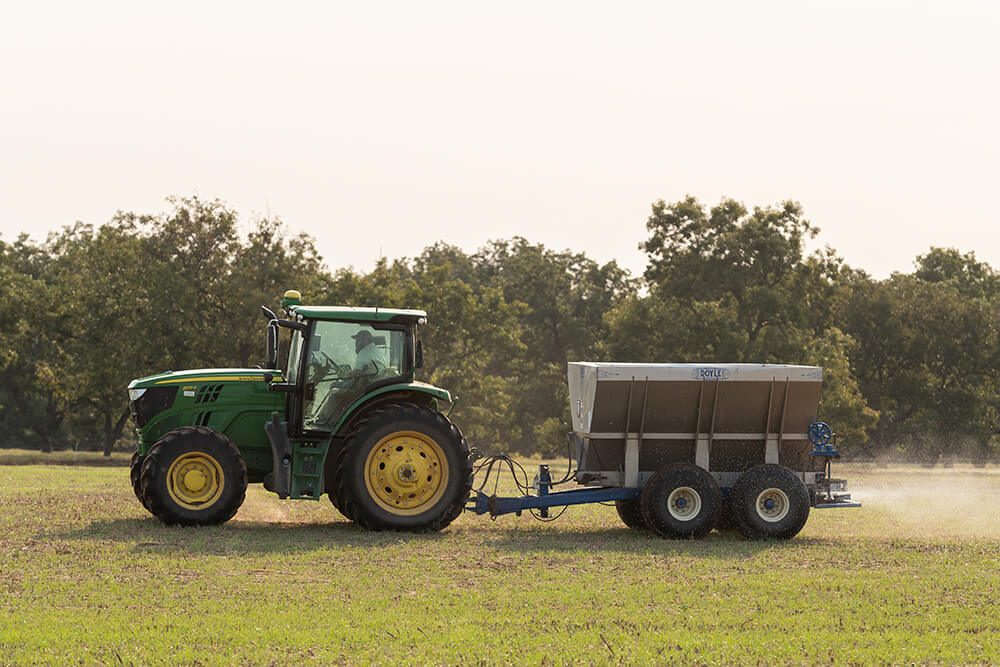
Follow the 4R Principles
IF fertilizers are deemed necessary in a particular situation, it is important that their applications still follow the 4R principles of nutrient management.
- The Right Source.
- The Right Rate.
- The Right Time.
- The Right Place.
More information on 4R principles is available at https://nutrientstewardship.org/4rs/.
While the role of synthetic fertilizers in regenerative agriculture will continue to be debated, fertilizer can be a valuable tool if used judiciously. The keys to using fertilizer in a regenerative system are to only use what is necessary and to not interfere with the development of a diverse, active soil biology.
We do not want to rely on fertilizer as an annual source of plant nutrition. Instead, we want to build the soil biology so that its nutrient cycling capability can supply adequate plant nutrition to growing forages without sacrificing yields, make external fertilizer inputs unnecessary and enhance system resilience. Livestock are needed to contribute to the building of soil biology and nutrient cycling through their manure, urine, saliva, shedding from the hair coat, and their trampling and hoof action.
Noble Research Institute and its collaborators will engage in sound scientific research to contribute to the body of regenerative agriculture knowledge and expedite getting that knowledge to producers. Our goal is to demonstrate to farmers and ranchers how adopting a regenerative philosophy is in their best economic, production and environmental interests.
Comment
Leave a Reply
2 comment on: "Does Fertilizer Have a Role in Regenerative Agriculture?""


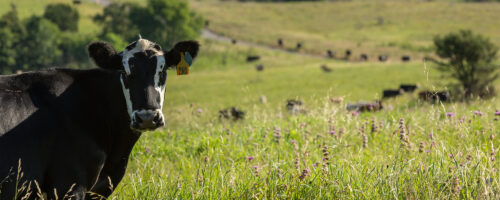
Rob McIntyre
September 24, 2023loved this information
we are looking at improving small scale farmers improve their yield with regenerative agricultural practices in Kenya
Robin
July 9, 2024Thank you for sharing the informative article.